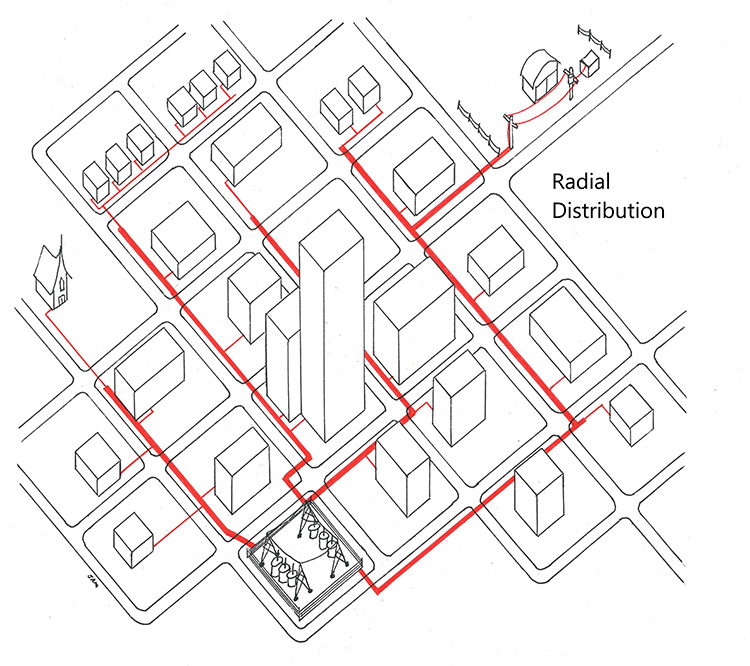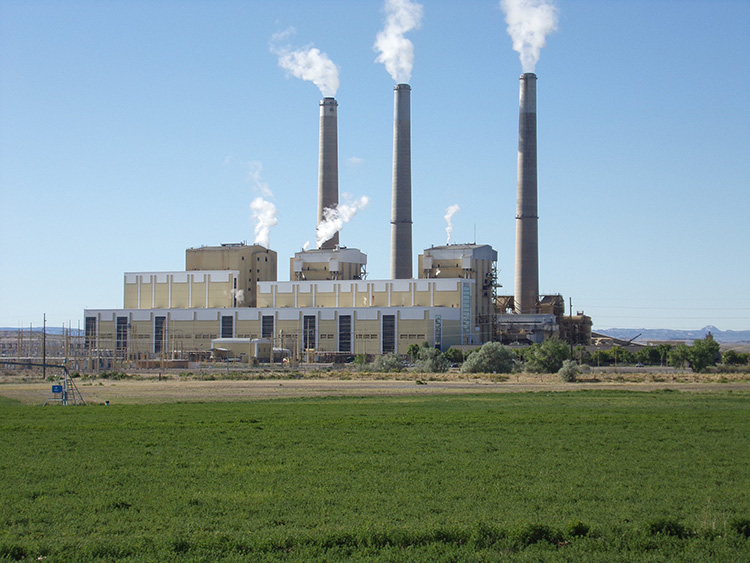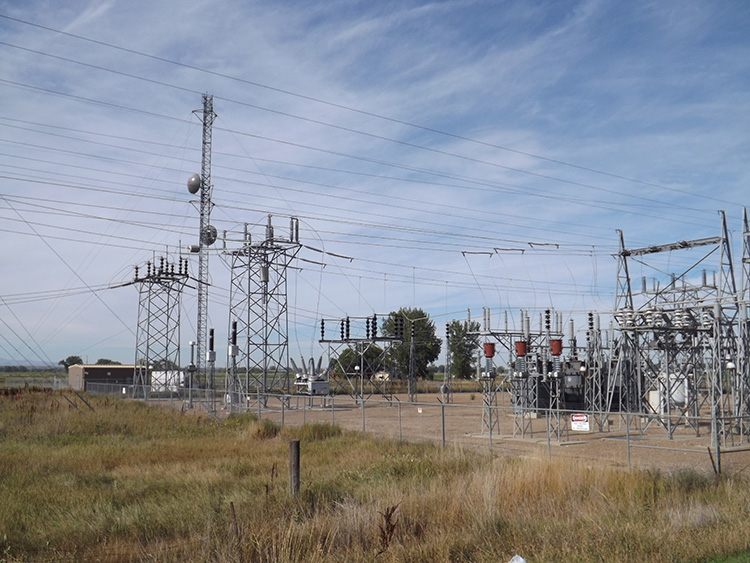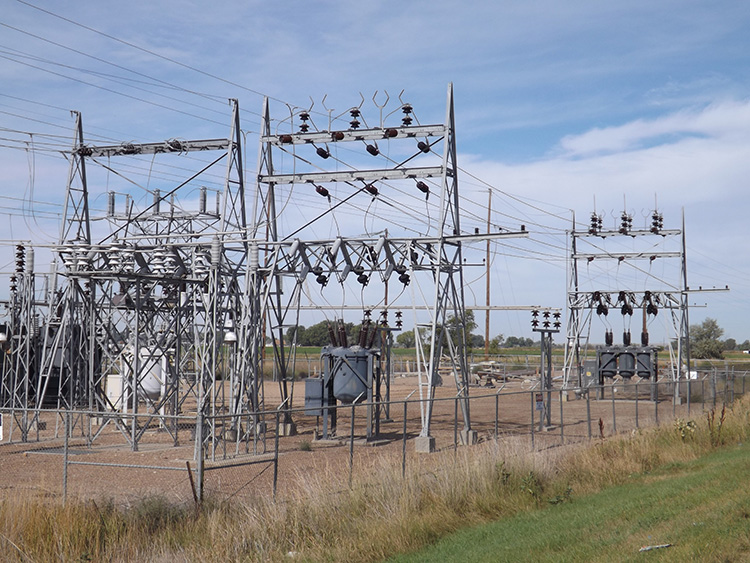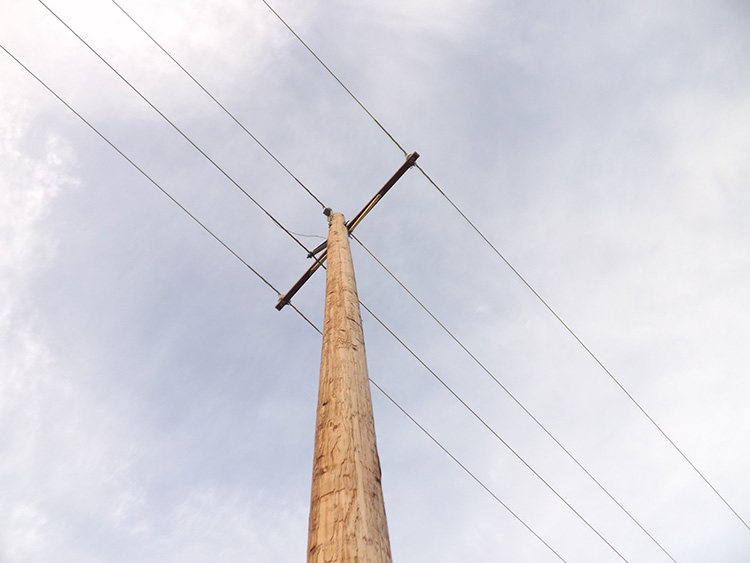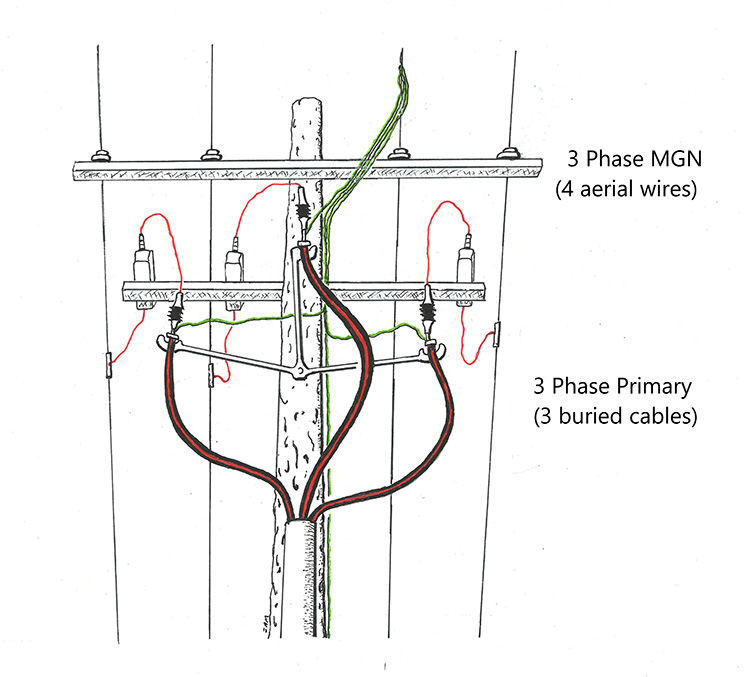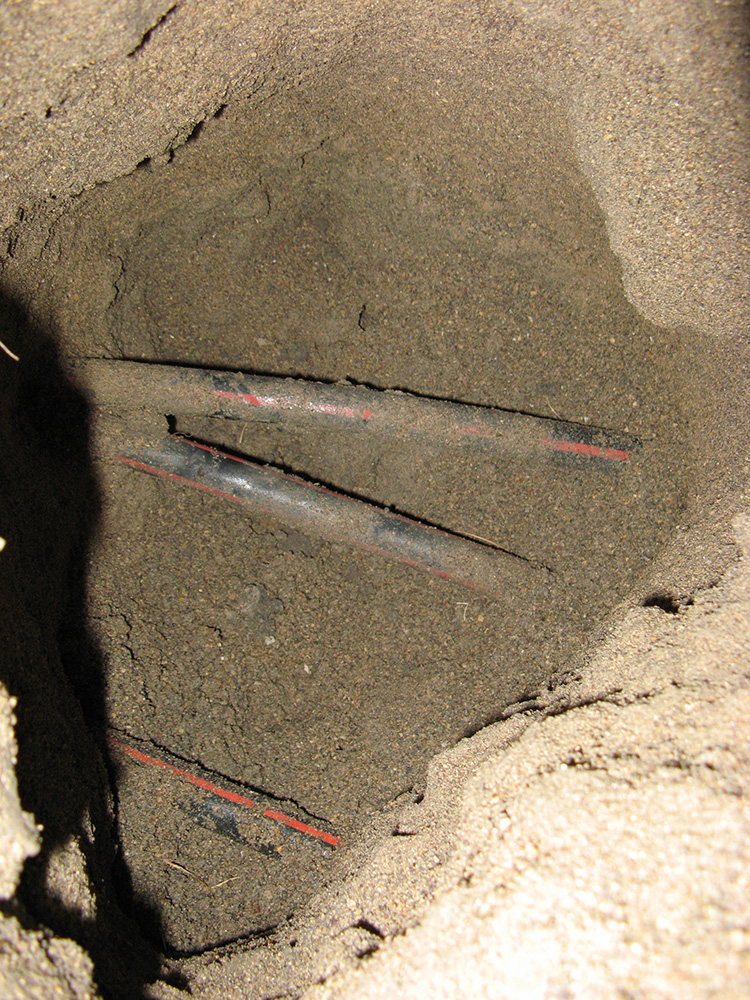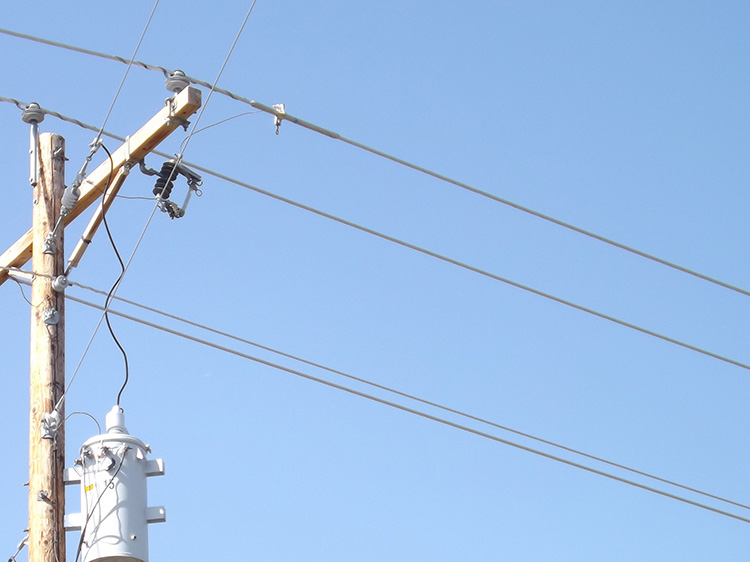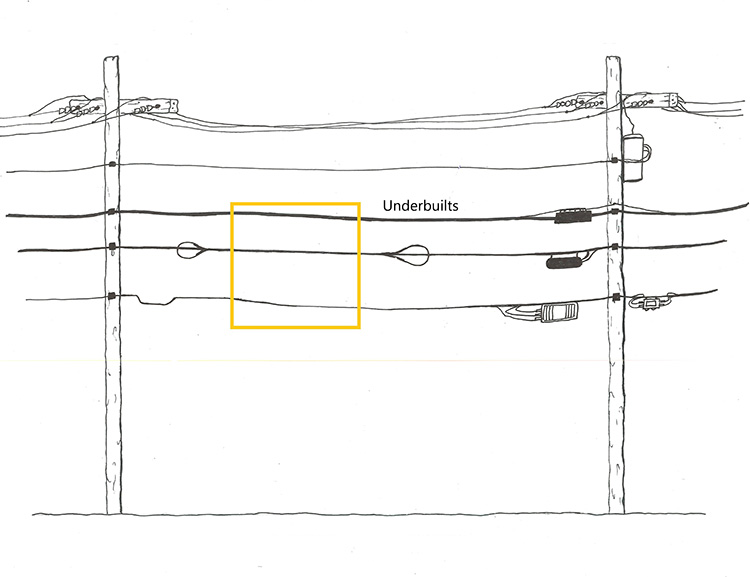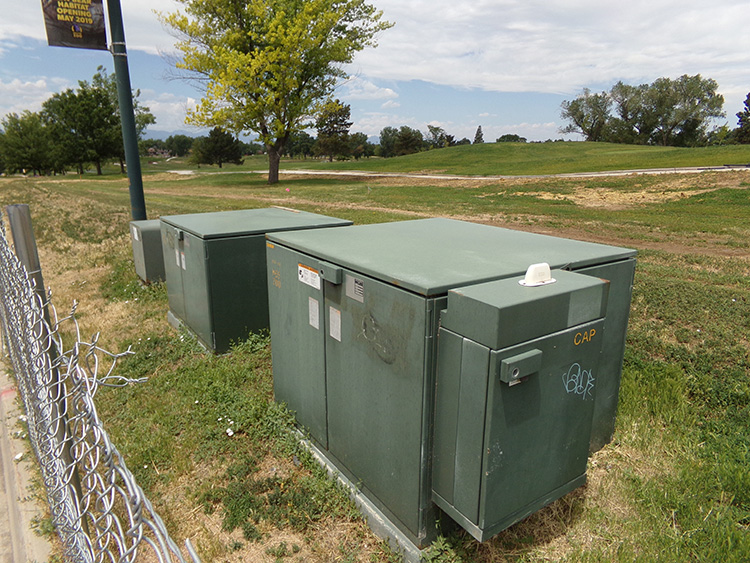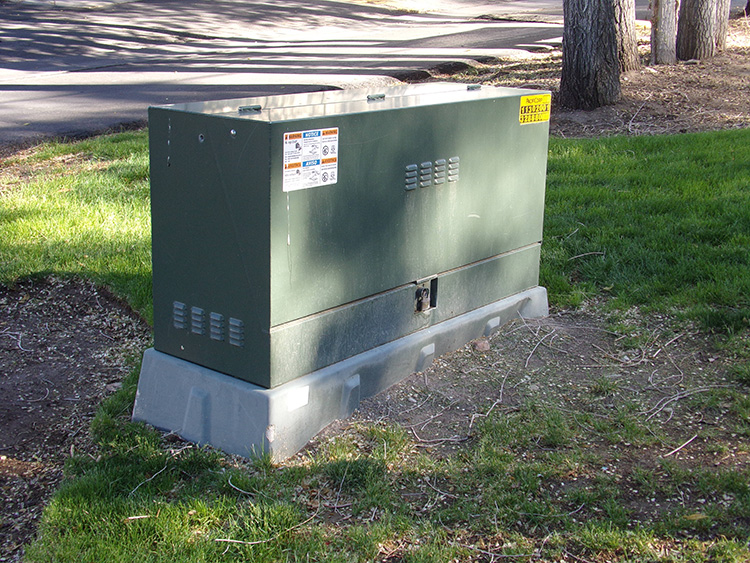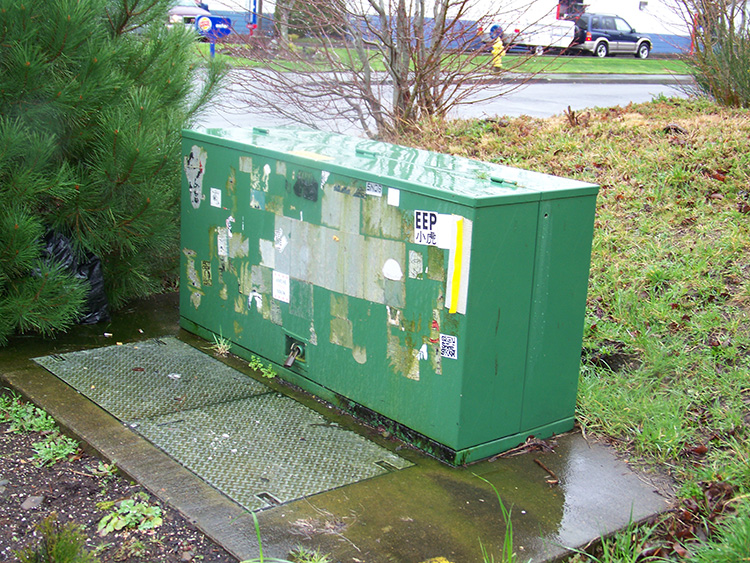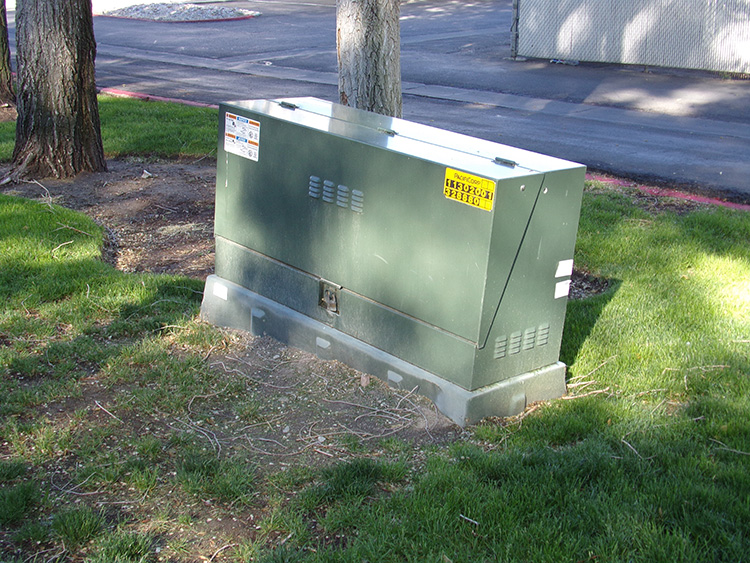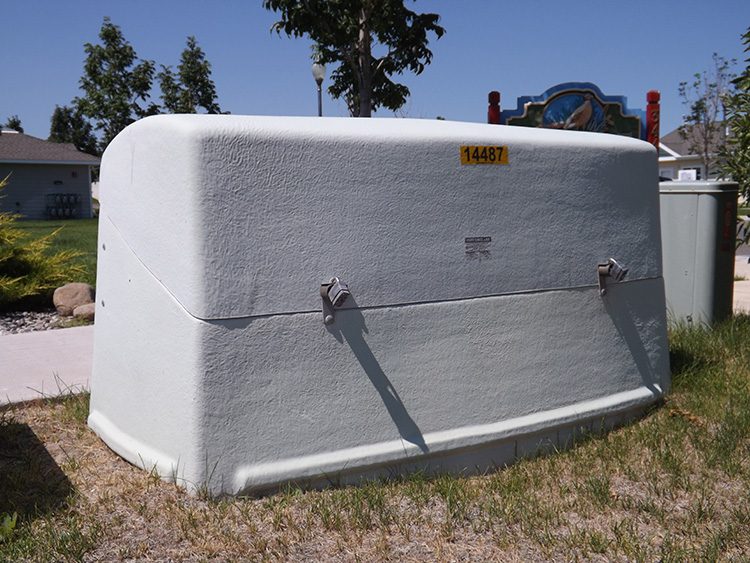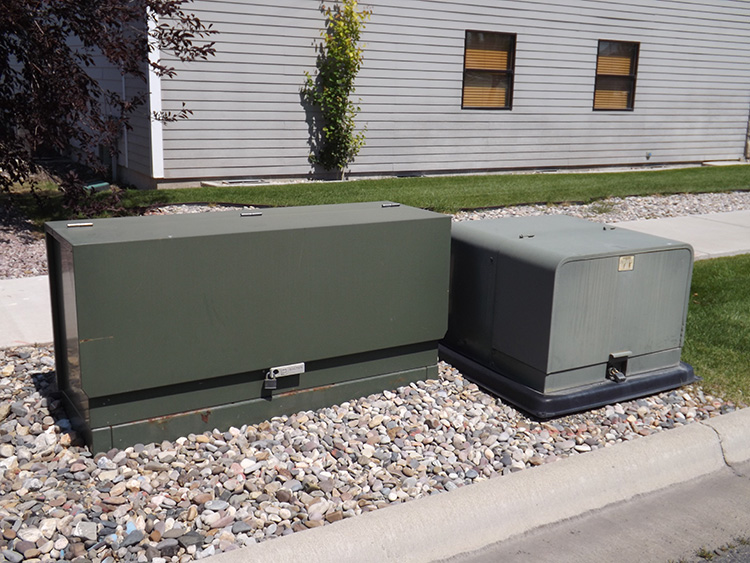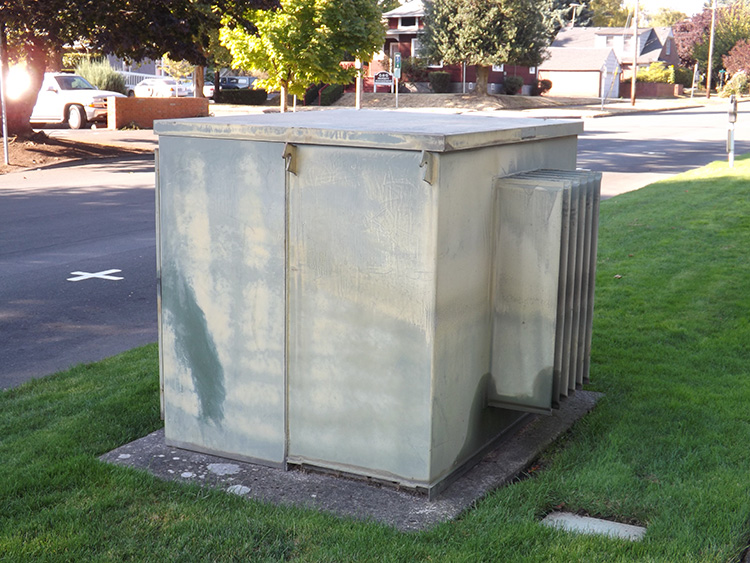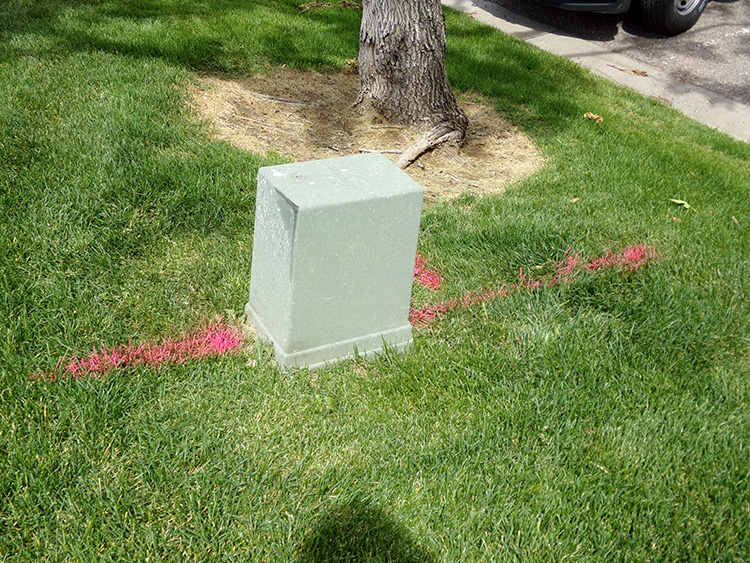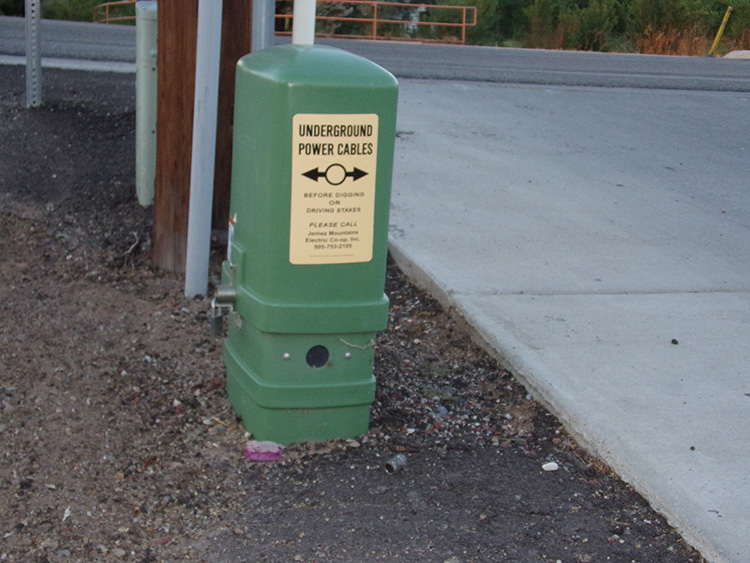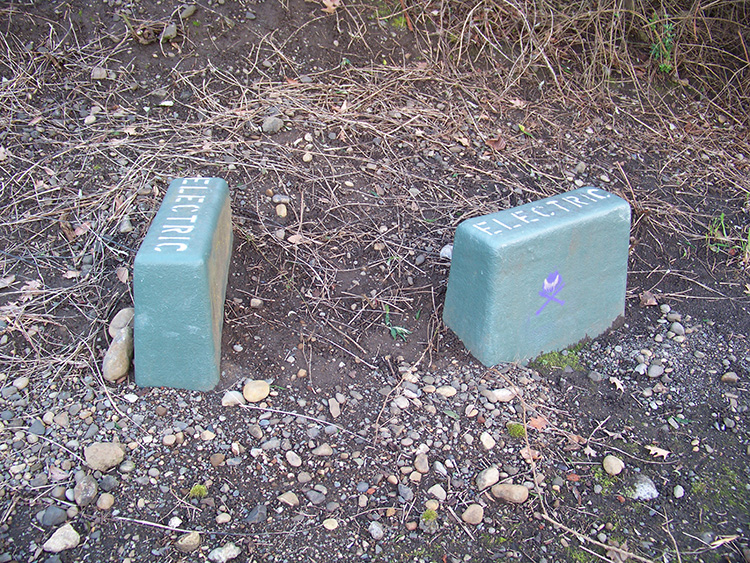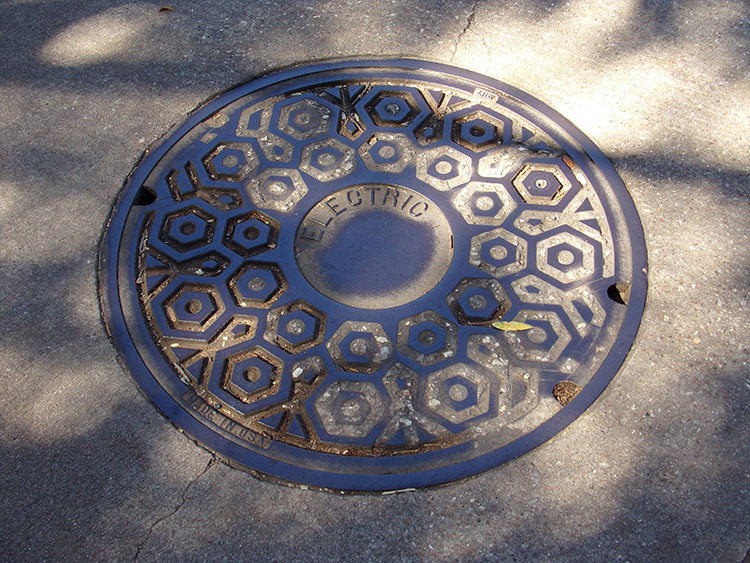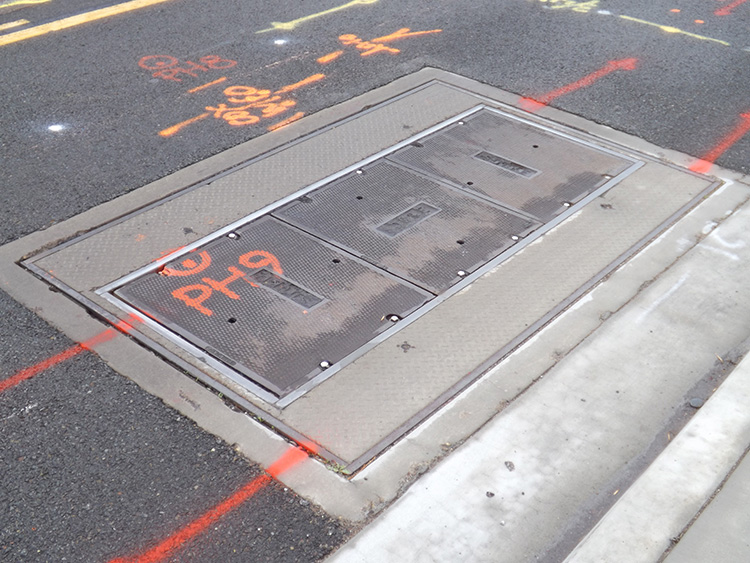Electric power of course goes from the power sources downstream to the substations. However, the distribution portion of an electric plant is not easy to simplify, because there are three different types of distribution layouts. They are Radial, Loop, and Network.
RADIAL is the layout most people would expect with electric power. The power lines stretch outward across town, carrying less and less voltage until each line comes to an end. Today, this system is still common in rural areas and small towns.
In a LOOP system, the main power lines run in a large circular pattern, returning to the original point. This of course would mean that the electricity is feeding power from two different directions at the same time, and this is technically impossible. However, there is an additional element used here.
In a loop system there are numerous switch gears placed along the route of the main power. At any given moment, one of those switch gears has an isolated set of primary cables. The cables are in the ground, and connected inside the switch gears, yet the primaries are completely isolated with a scissor switch. Only if there is a break in the line at another point, would the scissor switch flip the connections and complete the circuit.
This provides better continuity to the subscriber. If a power line is damaged for any reason, power is almost immediately switched to the other route, so now power is coming from the lines south of your house instead of north.
Loop systems are rather noticeable because of a sizable number of switch gears. Because of their advantage in providing continued service, Loop systems are becoming more and more common.
A NETWORK system is somewhat like a Loop system, but includes more than one large loop. Network systems are common in downtown areas where there can be high load multi-story office buildings, as well as government offices. This system provides the most reliable service possible because there are various routes that the power can be altered to automatically.


